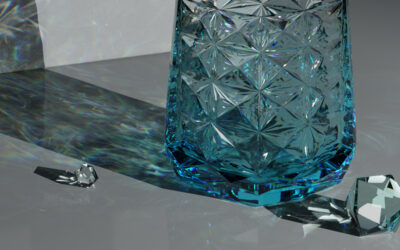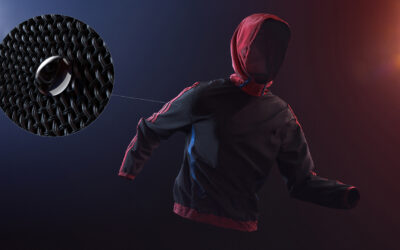Render farms first made waves in Autodesk’s 1990 production of The Bored Room as a futuristic program aiding the simplified production of animation and visual effects. Before then, it would cost really big money to include even the smallest detail of visual effects in films. Render farms changed things. They’ve boomed in the design industry since the 90s and have become more technical and accessible, offering some of the most advanced features to 3D design rendering. If you’re wondering what a render farm is and how it can elevate your design rendering journey, this article explores its features, types, and benefits.
What is Rendering?
Rendering is the process of digitally creating realistic or non-realistic designs from 2D or 3D models through the use of computer programs. They’re used for commercial purposes in films, video games, architectural design, etc. Whether realistic or non-realistic, rendering breathes life into designs, texturizing surfaces, casting shadows, and redirecting light — all the cool things that enhance a design. The issue with rendering though, is that it takes a lot of time — time many designers do not have. This is where render farms come in.
What is a Render Farm?
A render farm is a large group of connected high-performance computers working together to render computer-generated images (CGI) and 3D frames at the same time. They’ve become the go-to for easily achievable, finely generated digital renderings. Render farms make the rendering process flawless. In its original state, the time and energy-consuming flaws of rendering can inhibit the design process, but render farms take away those problems.
Types of Render Farms
Self-Built
These render farms are built by individuals. Sometimes they’re small if the designer just wants to complete small-scale and freelancing projects. If they’re small, they have fewer computers and thus, fewer nodes so they don’t achieve as much work, but they’ll get more work done faster.
Collaborative
Collaborative render farms are a network of many self-built render farms. Users make their farms available to other designers while also getting access to other render farms. It’s like a collection of small render farms owned by many designers. This type of render farm is popular because you get access to many computers for a small cost.
Cloud-Based
Cloud-based render farms use the internet to generate computer nodes, and then the cloud to store and manage data. You don’t have to set up a render farm yourself or share your computers with many other designers. Simply paying for the service lets you access all the perks of a massive render farm and can be cost-efficient.
How Do Render Farms Work?
Every computer unit in a render farm is a node. A Local Area Network (LAN) management software connects these nodes to each other. The software sets the automatic instructions for the nodes and makes them render multiple sequences at once. Note: more nodes in a render farm means a faster rendering process.
What Impact Do Render Farms Have on Your Workflow?
A colossal one. It’s many steps further than what most designers know and will transform your workflow.
Saves Time
With rendering, every detail—say texture or lighting—that will appear in the final render image or sequence will eat up time. If you’re going for a really intricate render design, expect that it’ll take many of your hours. But this isn’t the case if you have a render farm. No matter how complex your rendering sequence may be, send it to a render farm and watch it create the finalized output in a little time.
Expands Lighting Potential
Bad lighting immediately spoils all of the work put into rendering a well-thought-out design. Nobody thinks about your efforts and minute details if they’re poorly illuminated. Effective lighting requires complex calculations and this means using up a lot of energy that one computer simply can’t offer. A render farms with its multiple energy units will deliver much of the work with even better accuracy.
Empowers Further Refinement
The prolonged process of rendering makes it impossible for designers to enhance the results of their work. With render farms simplifying this process and creating much more time, any additions, cuts, and style changes can quickly go into the design and create a more visually appealing result.
KeyShot Network Rendering
Create your own super-fast rendering network for as little as under $200/year. With KeyShot Network Rendering software, you can make the most of your available machines. Connect multiple computers on one network and utilize all of your hardware to significantly increase your rendering capacity.
You can’t work 24 hours a day — but your machines can. We’ll help you select the right amount of support you need for your projects (so that you don’t purchase too much or too little), and we’ll help with installation too. Learn more.
KeyShot Farms
If you have a tight deadline or you need to keep your computer free for other tasks while your project files are rendering, a paid render farm can greatly speed up your workflow with minimal effort. KeyShot Farms provides fast, secure, and easy-to-use rendering support for KeyShot users. Learn more.






0 Comments